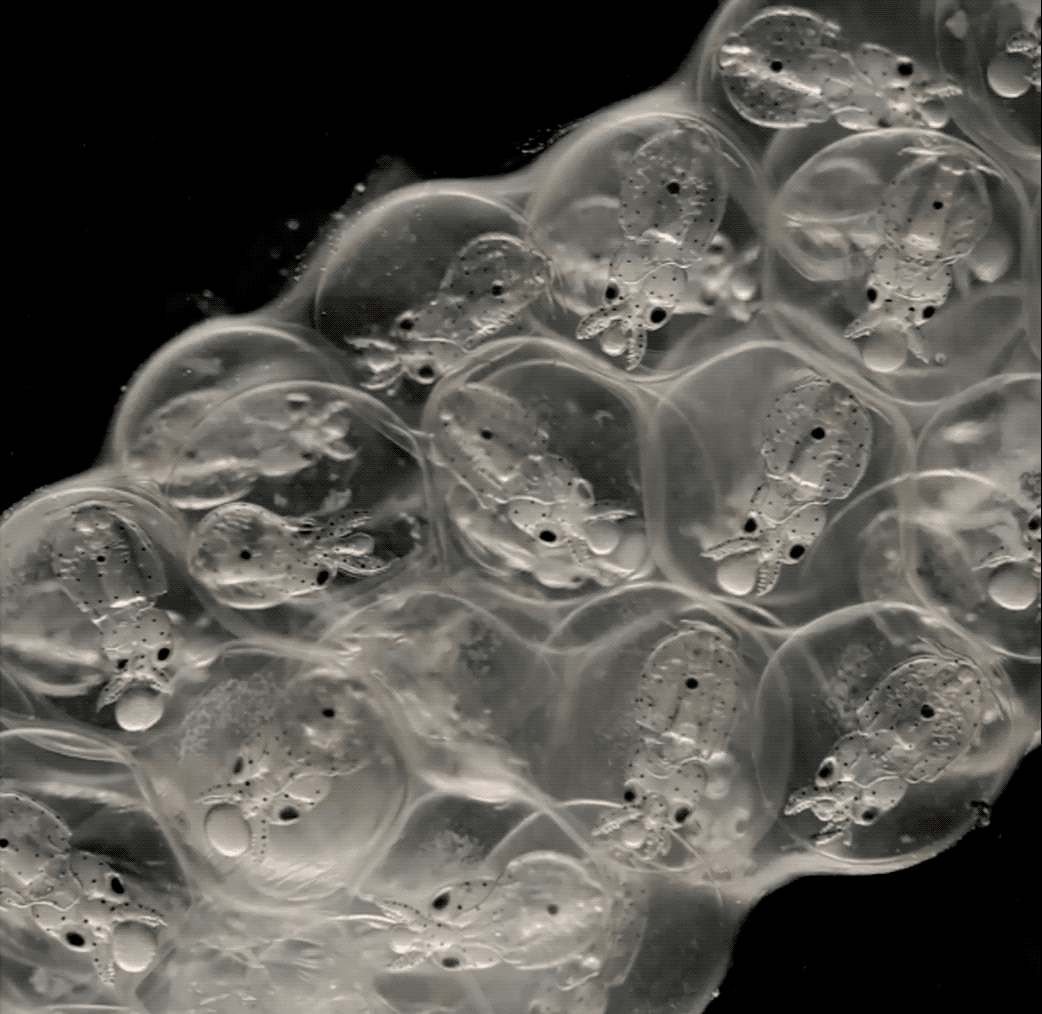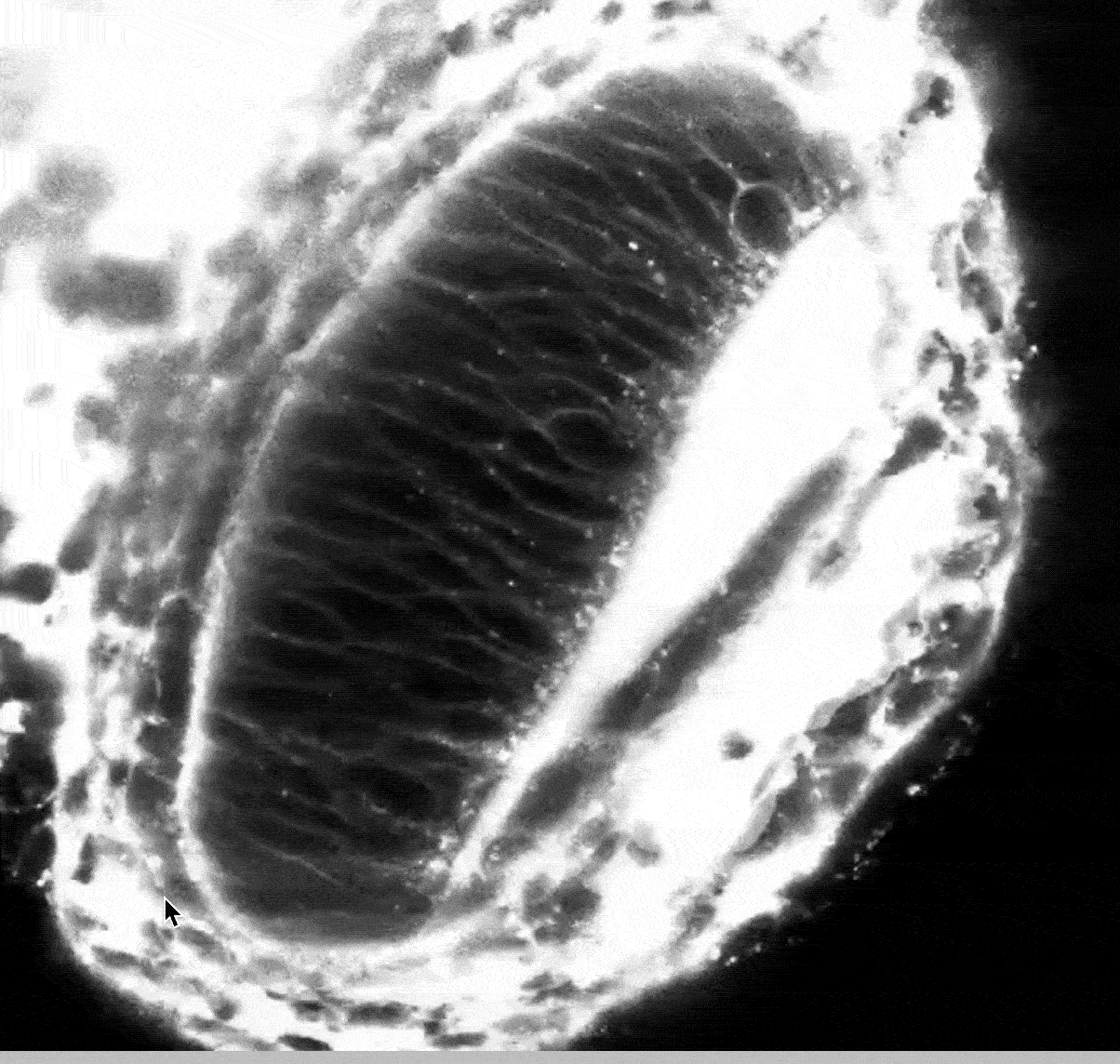Squid and human brains develop the same way despite diverging 500 million years ago
It seems that the blueprint for complex brain development remains the same, despite 500 million years of divergent evolution.

Scientists who watched nerve cells connect inside the eyes of growing squid have uncovered a remarkable secret — the cephalopods’ brains independently evolved to develop in the same way ours do.
The discovery, made using high-resolution cameras focused on the retinas of longfin squid (Doryteuthis pealeii) embryos, reveals that, in spite of 500 million years of divergent evolution, the basic blueprint for how complex brains and nervous systems evolve may be the same across a wide range of species.
The intelligence of cephalopods — a class of marine animals that includes octopuses, squid and cuttlefish — has long been a subject of fascination among biologists. Unlike most invertebrates, these animals possess remarkable memories; use tools to solve problems; excel at camouflage; react with curiosity, boredom or even playful malevolence to their surroundings; and can dream, if the ripples of colors that flash across their skin as they sleep are any indication.
Now, this new study, published Dec. 5, 2022 in the journal Current Biology, suggests that key parts of the formula for advanced intelligence, on Earth at least, remain the same.
Related: Octopuses may be so terrifyingly smart because they share humans' genes for intelligence
"Our conclusions were surprising because a lot of what we know about nervous system development in vertebrates has long been thought to be special to that lineage," study senior author Kristen Koenig, a molecular biologist at Harvard University, said in a statement. "By observing the fact that the process is very similar, what it suggested to us is that these two [lineages] independently evolved very large nervous systems using the same mechanisms to build them. What that suggests is that those mechanisms — those tools — the animals use during development may be important for building big nervous systems."

To study the squid embryos’ developing brains, the scientists used fluorescent dyes to mark a special type of stem cell called neural progenitor cells, before studying how they developed with regular, 10-minute snaps from microscope cameras. The cameras looked at the retinas, where roughly two-thirds of a squid's neural tissue is found.
Sign up for the Live Science daily newsletter now
Get the world’s most fascinating discoveries delivered straight to your inbox.
Just as in vertebrates, the researchers saw the squids’ progenitor cells arrange themselves into a structure called a pseudostratified epithelium — a long, densely packed structure that forms as a crucial step in the growth of large, complex tissue. The researchers noted that the size, organization and movement of the structure's nucleus was remarkably similar to the same neural epitheliums in vertebrates; something that was once considered a unique feature that enabled back-boned animals to grow sophisticated brains and eyes.
This is not the only time that scientists have spotted cephaolopods sharing common neurological blueprints with us. Much like humans, octopuses and squid also have a large variety of microRNAs (small molecules that control how genes are expressed) found inside their neural tissue.
Next, the team wants to look at how and when different cell types in the squid emerge as tissue grows and compare this process to the one observed in vertebrate embryos. If the blueprint for growth is the same, then perhaps the timetable could be, as well.
"One of the big takeaways from this type of work is just how valuable it is to study the diversity of life," Koenig said. "By studying this diversity, you can actually really come back to fundamental ideas about even our own development and our own biomedically relevant questions. You can really speak to those questions."

Ben Turner is a U.K. based staff writer at Live Science. He covers physics and astronomy, among other topics like tech and climate change. He graduated from University College London with a degree in particle physics before training as a journalist. When he's not writing, Ben enjoys reading literature, playing the guitar and embarrassing himself with chess.










